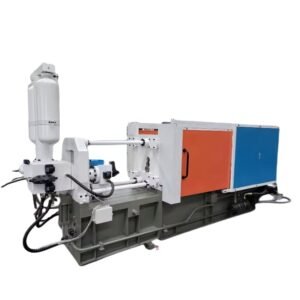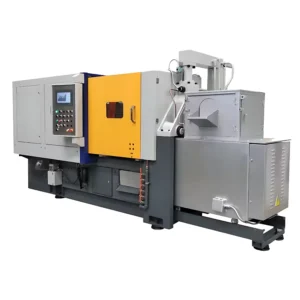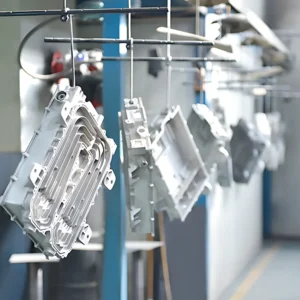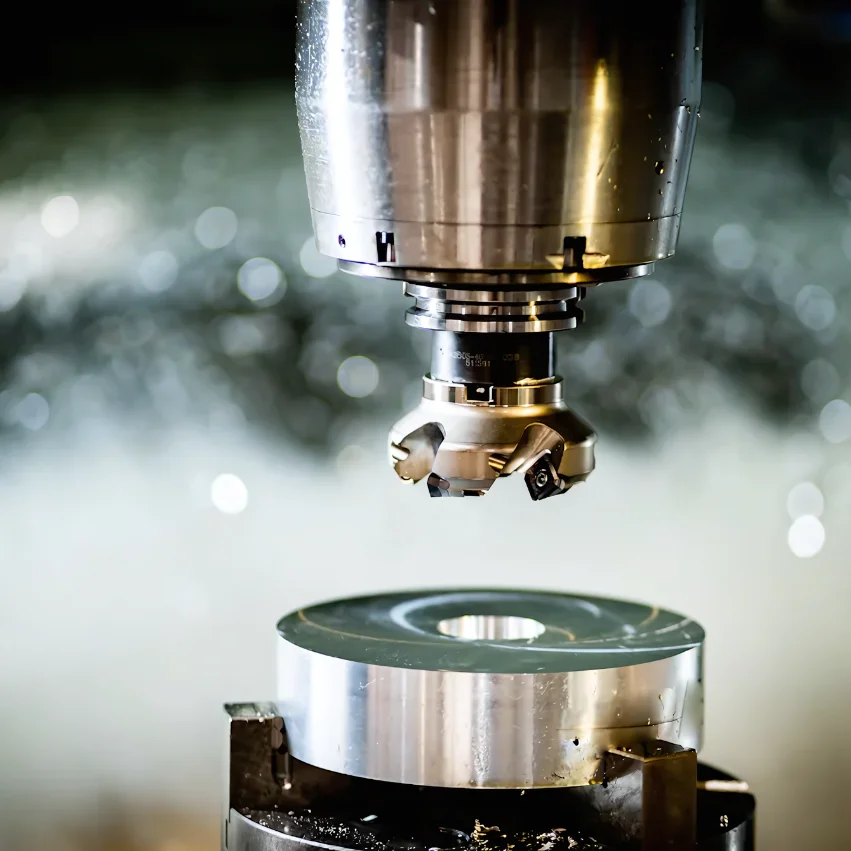CNC machining has revolutionized modern manufacturing with its precision and efficiency. The global market size for CNC machining reached approximately $95 billion in 2022 and is expected to reach approximately $154 billion by 2032. This growth highlights the growing importance of CNC machining across various industries.
The technology offers unmatched precision, repeatability, and cost-effectiveness. Manufacturers can produce complex geometries and intricate designs that are not possible with traditional methods. CNC machining also promotes sustainability through energy-efficient operations and reduced material waste.
Precision and Accuracy of CNC Machining
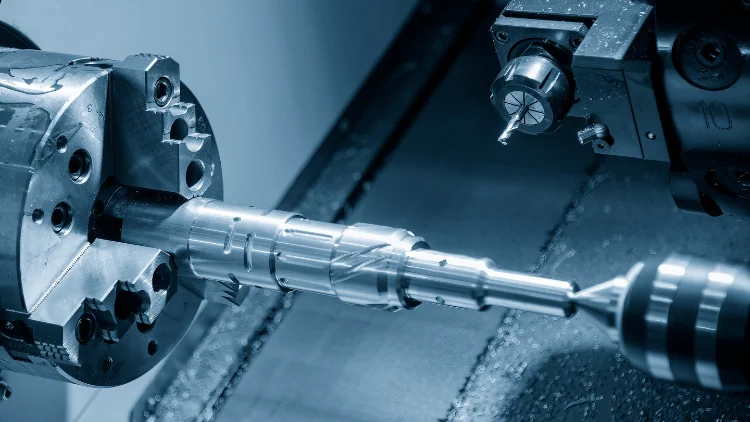
CNC machining stands out for its superior precision and accuracy. The technology ensures that each component meets precise specifications with high tolerance levels, producing parts with minimal deviations. Maintaining consistent quality throughout the production process. The advent of automation can reduce human errors, and machines can accurately follow programming instructions, eliminating manual operation errors.
Efficiency and Speed
CNC machining can significantly reduce production time. Manufacturers can increase production by running at high speeds. Compared to traditional methods such as manual machining or milling, machines can run continuously without rest, producing more parts in a shorter time.Automated systems can further increase efficiency and work around the clock.
Capable of Producing the Most Complex Parts
CNC machining excels at creating complex geometries that are impossible to achieve with traditional methods. It supports detailed prototyping, allowing manufacturers to quickly produce accurate models. These precise prototypes allow designs to be thoroughly tested and refined before mass production.In addition, CNC machining is able to produce parts tailored to specific needs, thereby improving product performance and functionality.
Cost Effectiveness
Labor costs can be significantly reduced. Automated systems can handle most tasks, reducing manual intervention. This automation minimizes the need for human operators, which reduces overall labor costs.
Material usage can also be optimized. The higher the precision of the machine, the less stock needs to be removed, which can save a lot of money in mass production.
Flexibility and Versatility
CNC machining offers great flexibility in material selection. In metal machining, the technology can process everything from common metals like aluminum and steel to exotic metals like titanium and nickel-based alloys. This versatility makes CNC machining ideal for producing durable and high-performance components.
It also excels in machining plastics. The process can create precision parts from a variety of plastic materials, including ABS, polycarbonate, and nylon.
Safety and Risk Reduction
CNC machining minimizes physical strain on operators. Automated systems handle heavy lifting and repetitive tasks. This reduces the risk of musculoskeletal disorders. Operators benefit from a safer, more comfortable work environment. Enclosed machines also protect operators from moving parts and flying debris.
Scalability
Allows quick setup changes. Operators can quickly switch between different tasks. This flexibility reduces downtime. Quick adjustments increase productivity. The ability to adapt quickly is beneficial to meet various manufacturing needs.
Provides flexible production scheduling. Manufacturers can adjust the schedule based on demand. This adaptability ensures optimal resource utilization. Flexible scheduling can accommodate small and large orders. This ability allows for efficient production management.
Environmental Benefits
The system can recycle coolant and reuse cutting tools. These practices significantly reduce waste. Manufacturers promote sustainability by incorporating recycling into their processes.
CNC machining uses energy-efficient motors. These motors consume less electricity than conventional machines. Lower energy consumption reduces operating costs. Manufacturers benefit from cost savings and a reduced carbon footprint.
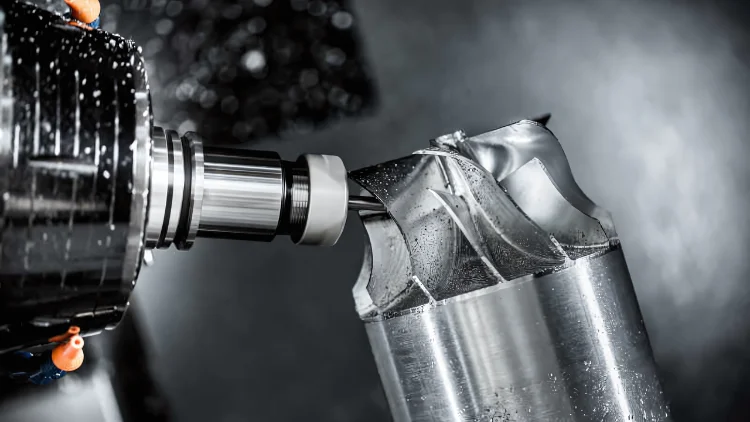
FAQ
Common CNC Machining Machine Types
CNC machining involves various types of machines, and here are some of the most common CNC machines:
- CNC milling machines are used to create complex shapes and features by removing material from a workpiece. They utilize a rotating tool to carve out parts with precise dimensions. These machines can perform a variety of operations, including drilling, tapping, and contouring.
- CNC lathes are used for turning operations, where the workpiece rotates relative to a stationary cutting tool. These machines are ideal for producing symmetrical objects such as cylinders and cones. CNC lathes can handle a variety of tasks, such as threading, drilling, and facing.
- CNC routers are similar to CNC milling machines but are typically used to cut softer materials such as wood, plastics, and composites. They are commonly used in the woodworking, cabinetry, and sign-making industries. CNC routers can cut complex patterns and designs with high precision.
- CNC plasma cutters use a high-speed jet of ionized gas (plasma) to cut conductive materials such as steel, aluminum, and copper. These machines are widely used in the metal fabrication and automotive industries for their ability to make precise and clean cuts.
- CNC laser cutting machines use a focused laser beam to cut or engrave materials. They are used in a variety of applications, including cutting metals, plastics, and even fabrics. CNC laser cutting machines are highly accurate and ideal for intricate designs and detailed engravings.
- CNC EDM machines use electrical discharges, or sparks, to shape materials. They are particularly useful for machining hard materials or creating complex shapes that are difficult to achieve with traditional cutting methods. EDM is commonly used in mold making and the tool and die industry.
CNC Machine Programming Methods
There are two main methods for CNC programming: Manual Data Input (MDI) and Computer Aided Manufacturing (CAM).
MDI is the traditional method where a skilled operator manually enters G-codes and M-codes. G-codes dictate the machine’s movements, while M-codes control auxiliary functions such as spindle rotation. This method is best for simple parts because it allows for real-time adjustments and modifications.
CAM is a modern method where engineers use software to create tool paths based on the geometry of the part. The software generates the CNC program, which is then fed into the machine. Popular CAM software includes Solidworks, Meshcam, Vectric, and Mastercam. CAM is well suited for complex parts and mass production because of its efficiency and accuracy.
How Accurate is CNC Machining?
CNC machining is known for its exceptional precision and accuracy, typically to within ±0.001 inches (±0.025 mm). The technology ensures that each component meets exact specifications with high tolerance levels, and this high precision allows parts to be produced with minimal deviation, ensuring consistency and quality during mass production.
Conclusion
CNC machining has revolutionized the manufacturing industry with its precision, efficiency, and versatility, making it ideal for a wide range of industries. Its superior accuracy and automation provide a competitive advantage, improving productivity and quality.
Take advantage of CNC machining services to turn your ideas into reality quickly and cost-effectively. Contact us to learn more.

